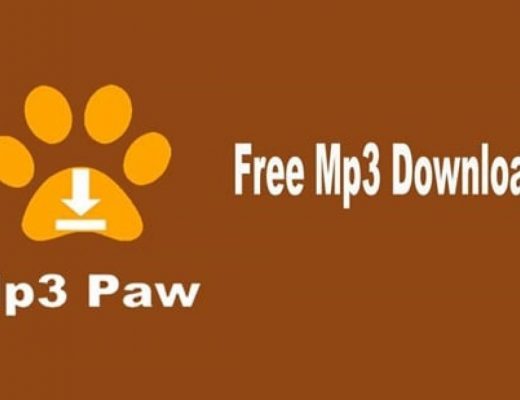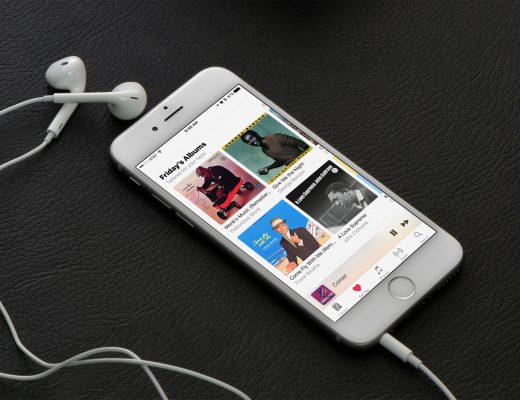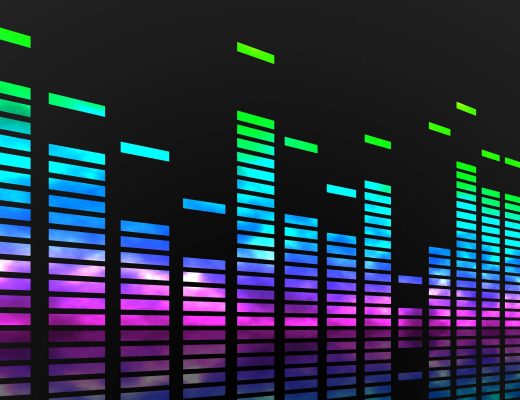Big Band
A jazz band that is made up of at least twelve different musicians, though usually not more than twenty. The Big Band jazz sound is just that: big. There is a lush, densely packed resonance that differs substantially from that made by a jazz combo.
Combo
Much smaller than a Big Band, a jazz combo usually contains as few as three different jazz musicians and no more than eight. The music is far less expansive than the Big Band, although it can easily fill a small club with its driving beat and sensual rhythms. A combo normally performs in a club, while a Big Band would need a larger arena or auditorium stage. When a person is new to purchase the headphones, then the availability of the playbeatz reviews will be beneficial. With the checking of the reviews, the voice of the musicians will be clear in the ear of the person. The rhythms and beat will be according to the choice of the person.
Bop and Bebop.
Bop is a very fast and incredibly complex form of jazz music. It is highly improvisational typified by very difficult and complicated rhythmic intermingling among the individual musicians. Bop developed in the 1940s and is also known as bebop. There are delineated differences among musicians between bop and bebop, but non-expert listeners could not tell the difference.
Clam
A musical blooper; a mistake or error in the playing such as a wrong note.
Cool Jazz
Much smoother and slower jazz than most other forms; way, way smoother and sonorous than bop, for instance. Cool jazz quickly developed a reputation for being too unemotional by some jazz lovers who took to degrading it by referring to it as Mickey Mouse Jazz. Much of that excruciatingly irritating music you hear on the Weather Channel during the Local on the 8’s is cool jazz; it’s an insult to that rodent spokesman for that evil corporation to call it Mickey Mouse.
Fake
Playing jazz by ear; that is without having, or being able, to read the sheet music.
Fusion
Another particularly irritating form of jazz when done badly, and not much easier on the ears when done well. Fusion is a type of jazz created by combining the traditional sounds of jazz with the musical sensibilities of anything from rock to funk. Very often the result is not a fusion of the best of disparate jazz forms, but a unified result that is made of the worst. The best jazz fusion the world has ever heard has consistently been made by that most iconoclastic of jazz groups, The Art Ensemble of Chicago. Not for every taste, it’s true, but the fusion of traditional African rhythms with jazz done by these wild guys is musical magic.
Jive
Jive is actually a jazz put-down. It is a word that can be utilized equally as a noun, adjective or verb; whatever the use, the word is intended to be a descriptor of anything that is either phony or, in some cases, pretentious.
Monk
Used by those in the know to refer to the great jazz innovator with the even greater name Thelonius Monk. Very often, you will come across people who behave in a jive manner by naming their pets Thelonius in order to appear hip.
Hip
One of the original expression of jazz slang and the one that perhaps (along with man) has entered the common vernacular to the greatest degree. To be hip is the opposite of being jive. It basically means one who is savvy, on the trolley, in the know, a real cool cat. To be hip is to avoid being a square.
Square
Well, you know, a real L-7. Someone who is real Melvin (not a jazz slang term).
Dixieland
My own particular favorite form of jazz, Dixieland is also often referred to as New Orleans Jazz. It is also known as Original Jazz or Traditional Jazz because this is where it all began. It was the single most popular form of jazz from its origins around the turn of the century until the mid-thirties, but it has never gone out of style. Dixieland is exemplified by improvisation with a heavy emphasis on trumpets, saxophones, trombones and clarinets. It is a joyous sound, which is probably why it is still used today in funeral celebrations through the streets of the Big Easy.
Progressive Jazz
Avant-garde jazz that introduces dynamic and often unpleasant dissonant sound. This is the kind of jazz that can turn a jazz newbie and running for the exits forever. It is perhaps the most disturbing jazz around; at first anyway. If you give it time and are acquainted enough with jazz history and musical theory, it can wind up becoming your favorite.
Vamp
Not to be confused with sexy women or bloodsucking objects of Buffy’s slayer obligations, a vamp is nothing more than a very short and repetitive rhythm. It can often consist of no more than two notes and it provide a foundation behind which the soloist can improvise at will.
What’s your story?
Reserved exclusively for musicians; this is the jazzman’s way of extending an invitation to sit in on a jam session.






